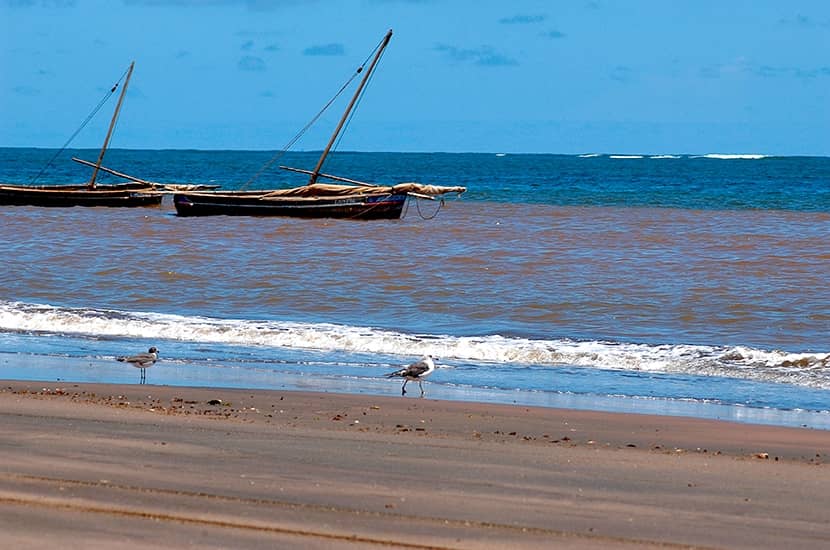Malindi, Kenya
Beneath the Indian Ocean’s surface, I wondered if the pandemic had turned out to be a good thing after all. I swam among corals blooming more colourfully and with more diversity of reef fishes than on any dive I can recall since my childhood.
On the high-tide line in front of our beach house on Kenya’s north coast, sandpiper feet and the claws of ghost crabs are becoming entangled in discarded blue face masks. This year, the tourists are mostly absent and the seafront nightclubs, restricted by curfew, are silent. But out here among the coral gardens, the teeming marine life, flaring with psychedelic colours, hints how swiftly the world might recover if another variant wiped out the human race.
Everybody in the family found something special: Eve saw a stingray with neon blue spots; Rider found an octopus that went from deep purple through crimson to slate grey as it parachuted away. Among the clams pouting with electric green lips, the clown fish hiding in anemones and rainbow shoals, I found a colony of egg cowries making love on a bed of soft corals. The soft bodies of these little dragons fluttered around their white shells, black wings of flesh sparkling with white and yellow spots. I have not seen these creatures since I used to go snorkelling in the 1970s.
In those days my mother would go out onto the reef every day with Lallie Didham, a marine biologist who lived on our beach and snorkelled with a trident. While Lallie wrote about marine life, my mother was compiling colour illustrations for a book they wanted to do. In the end, it was never published, but the many paintings of reef fish Mum left behind when she died in January are among the most powerful things that illuminate my memories of her.








Comments
Join the debate for just £1 a month
Be part of the conversation with other Spectator readers by getting your first three months for £3.
UNLOCK ACCESS Just £1 a monthAlready a subscriber? Log in